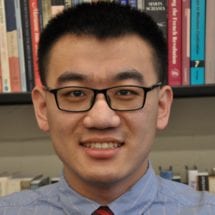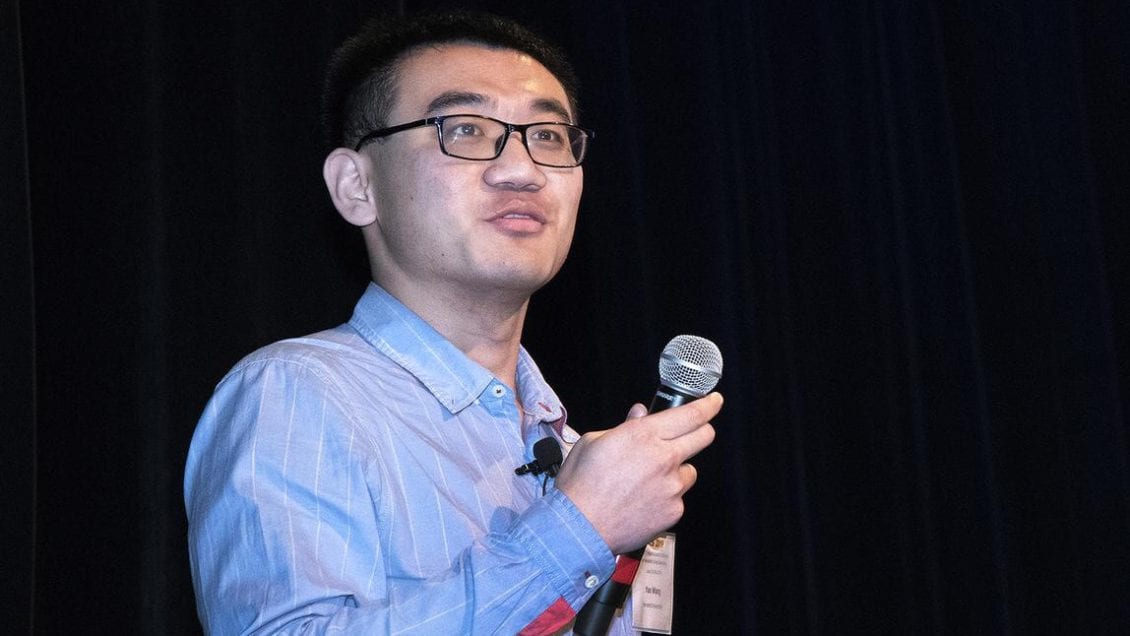A Clemson University computational physicist will use the world’s most powerful academic supercomputer to advance understanding of quantum materials, which could guide the future design of superconductor magnetic devices, quantum computers and photovoltaic solar cells.
Yao Wang’s project “Electron-phonon coupling in correlated quantum materials” was one of 58 projects allocated time by the National Science Foundation on the Texas Advanced Computing Center’s Frontera supercomputer, the ninth most powerful supercomputer in the world. Wang’s project is one of three condensed matter physics chosen.
“Not having access to Frontera would dramatically slow down my research,” said Wang, an assistant professor in the College of Science’s Department of Physics and Astronomy.
Frontera is the fastest NSF-funded computer system and designed for the most experienced academic computational scientists in the nation.
Large-scale computing needs

The NSF allocates researchers time on Frontera based on their need for very large-scale computing and their ability to use a supercomputer of its scale. A peer-review panel of computational science experts meets annually to assess the readiness and appropriateness of projects for time on Frontera. To be considered for an allocation, researchers must justify the scientific need and use at least 250,000 nodes annually, with a maximum award of 5 million node hours per project. At least 65 percent of allocated time on Frontera goes to LRAC projects.
Coexisting electron correlations and electron-phonon coupling account for many novel phenomena in quantum materials. However, existing theoretical tools limit the study of systems with both interactions. Wang developed a new hybrid algorithm to explain and predict quantum phases driven by both interactions accurately. While this algorithm makes the simulation practical, it still requires a large computational power for quantum materials.
The researchers will use the Frontera time to investigate highly entangled quantum systems where both electrons and bosons are correlated. Researchers will apply the new method to a few vital quantum material systems such as superconductors, Wigner crystals, quantum magnets, and bilayer or heterostructure materials.
Next technical revolution
Supercomputers reduce the time to perform highly calculation-intensive tasks. Computations that once took days or weeks to complete now take minutes or even seconds.
Clemson’s supercomputer, the Palmetto Cluster, ranks in the biannual Top500 list of the world’s fastest supercomputers. Many of Wang’s calculations require parallel computing over thousands of computing nodes, something that Frontera is better able to handle.
“The understanding and control of these phases are key to a large part of the innovative landscape at the frontier of modern science, including quantum information technologies, superconducting electrical grids and batteries and photovoltaic devices,” he said. “These scientific innovations will be the cornerstone of the next technological revolution. A fast theoretical simulation of quantum materials substantially accelerates our discovery.”
Get in touch and we will connect you with the author or another expert.
Or email us at news@clemson.edu

